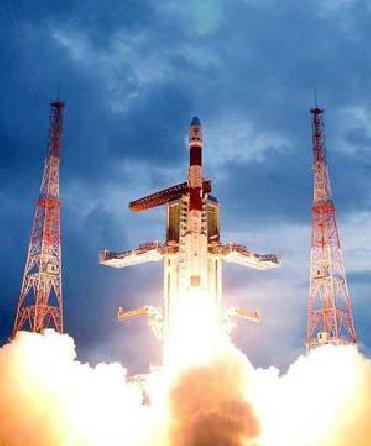
A handout picture from the Indian Space Research Organisation (ISRO) shows spacecraft lifting off carrying India's first lunar probe
BANGALORE (PTI): The stage is all set for testing of indigenously developed cryogenic engine for the first time on homegrown GSLV-D3 rocket with the countdown for the April 15 launch expected to begin on Thursday at the Sriharikota spaceport on Andhra coast.
"A 29-hour countdown is expected to start at 11.27 AM tomorrow for the launch of GSLV-D3 on Thursday at 4.27 PM," Indian Space Research Organisation spokesperson S Satish told PTI here.
The testing of the complex cryogenic technology is going to be a major landmark for the country's space programme, and a successful mission would catapult India into the select band of nations -- the US, Russia, France, Japan and China --which had mastered this "highest level" of propulsion technology.
It would make India totally self-reliant in space transportation area, Satish said.
ISRO Chairman K Radhakrishnan sees this week's GSLV mission a result of 18 years of research and development on cryogenic technology by Indian scientists and engineers.
ISRO took up the indigenous development of cryogenic upper stage and engine after Russia succumbed to US pressure and declined to transfer the technology sought by India.
ISRO flew five of the seven "ready-made" cryogenic stages supplied by Russia in the earlier GSLV flights.
"Whatever needs to be done has been done," former ISRO chairman G Madhavan Nair said, pointing to all the qualification tests and other preparations for the flight, but added that there is "concern" and "anxiety" ahead of the mission.
GSLV-D3 would launch GSAT-4 experimental advanced communication satellite by which ISRO would test some of the new technologies, including electric propulsion system and bus management unit.
GSAT-4, which has a lift-off weight of 2,218 kg and targeted for a seven-year life, carries communication and navigation payloads.
Meanwhile, ISRO hoped that the GSLV-D3, being positioned by many as "a fitting reply to technology denial regimes and a victory for indigenous development", would ignite more interest in the country's space programme among students and the youth.
The Chandrayaan-1 mission has resulted in the number of job aspirants knocking at ISRO's doors double, and those wanting to pursue space related courses going up to something like 80,000 for 200 seats at its Indian Institute of Space Science and Technology based in Thiruvananthapuram, Nair said.
But Nair, who is among the panel of about 35 experts who gave the go-ahead for the GSLV mission after reviews, admitted, "No other event can compete with Chandrayaan (in terms of generating interest).
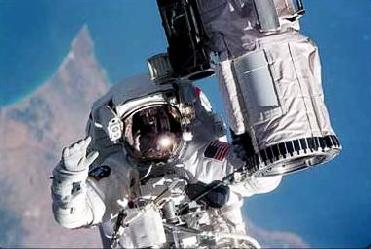 Previous Article
Previous Article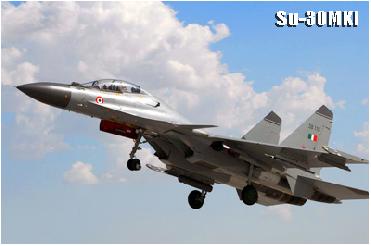 Next Article
Next Article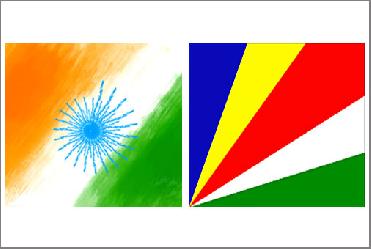
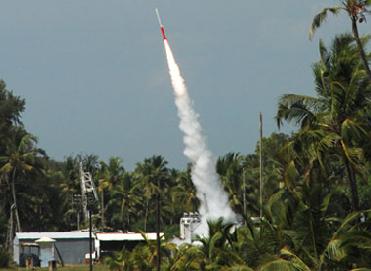
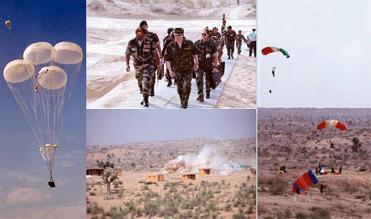










The Indian Air Force, in its flight trials evaluation report submitted before the Defence Ministry l..
view articleAn insight into the Medium Multi-Role Combat Aircraft competition...
view articleSky enthusiasts can now spot the International Space Station (ISS) commanded by Indian-American astr..
view article